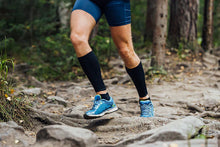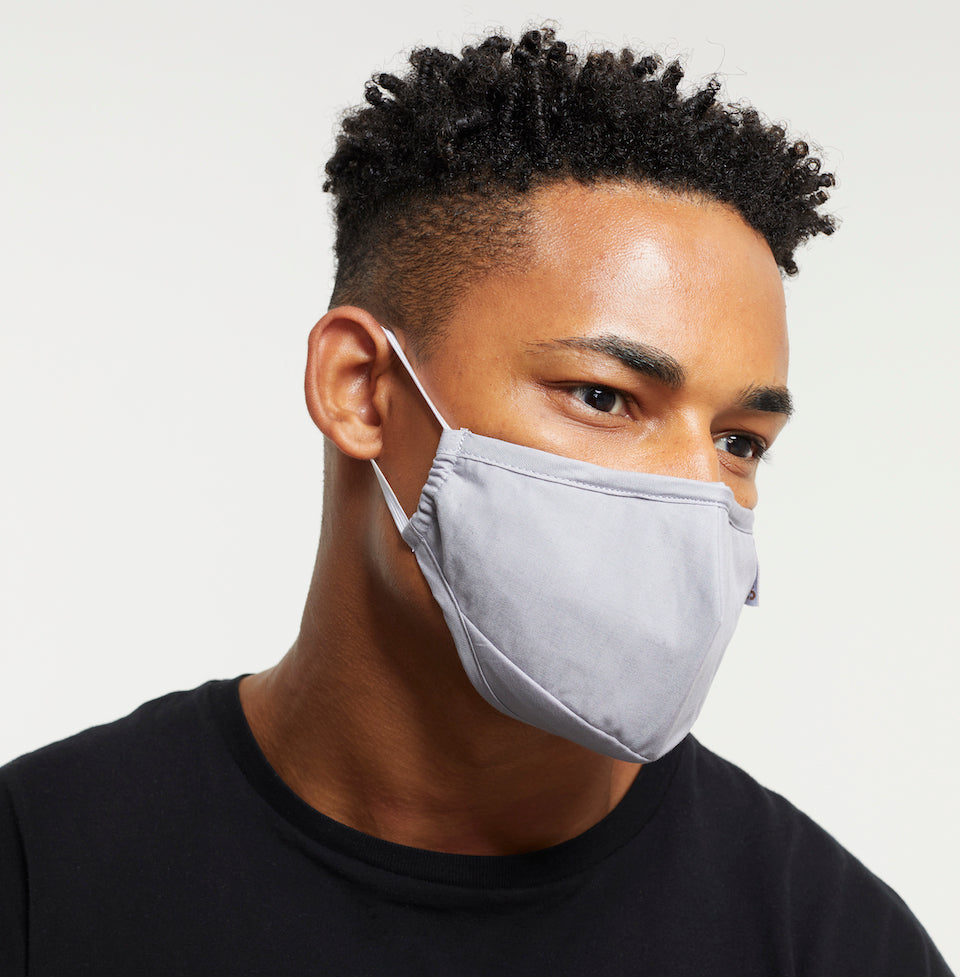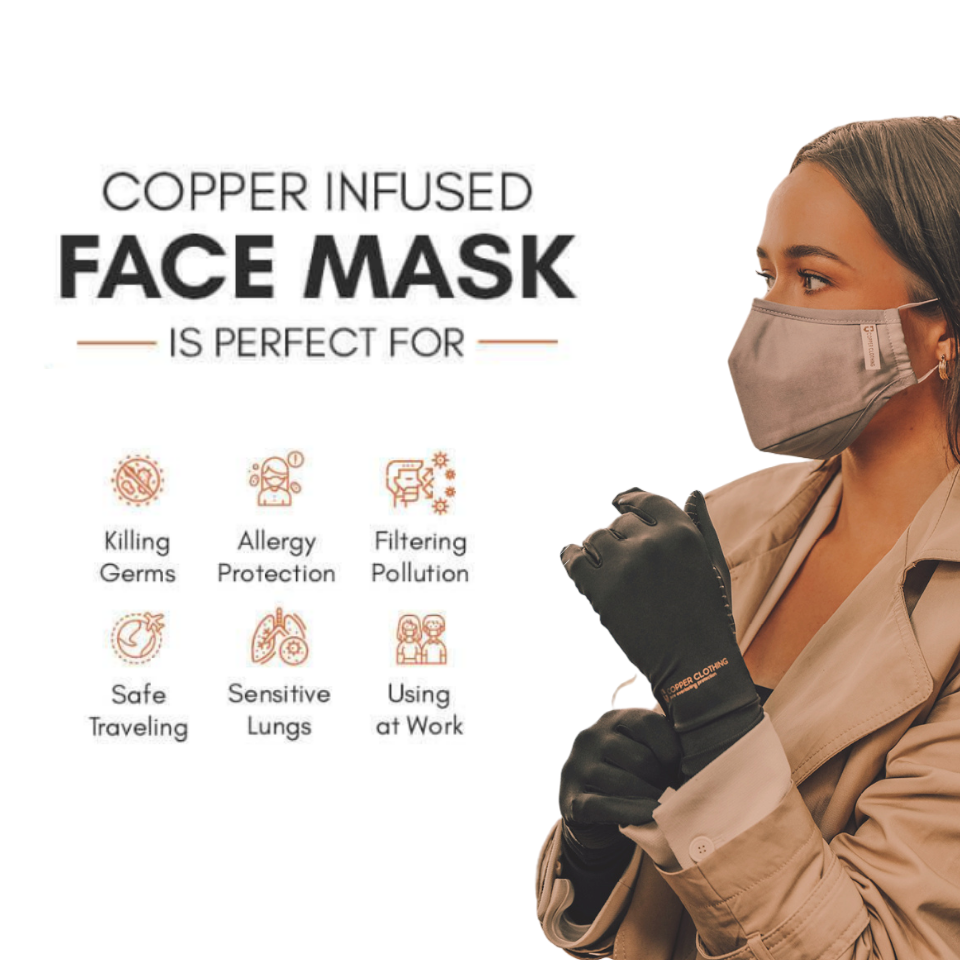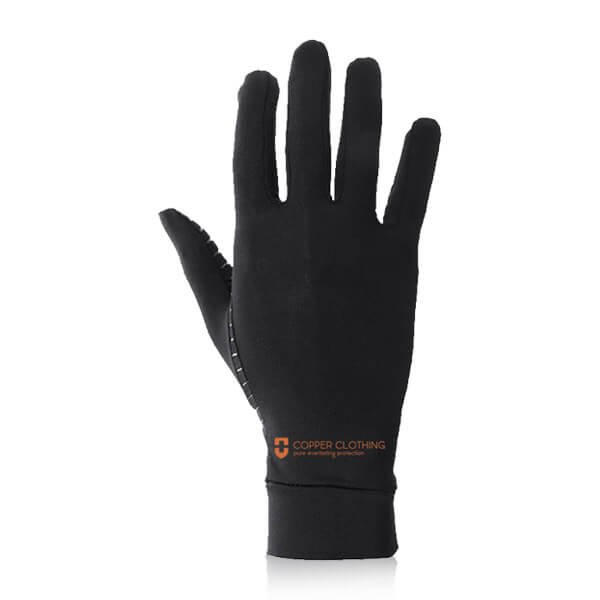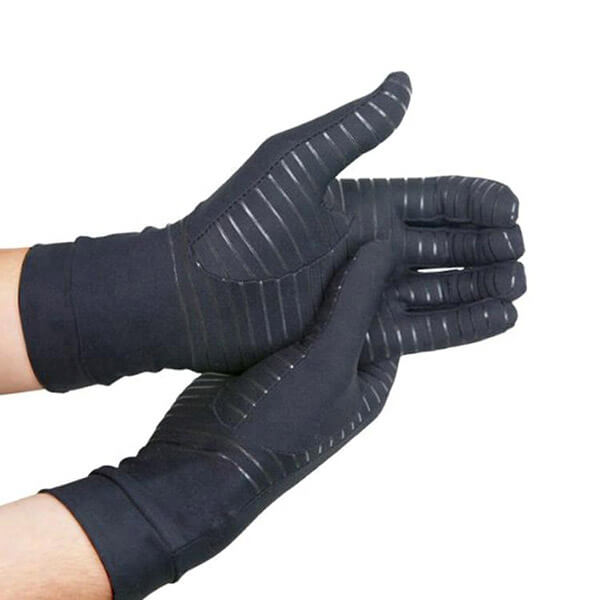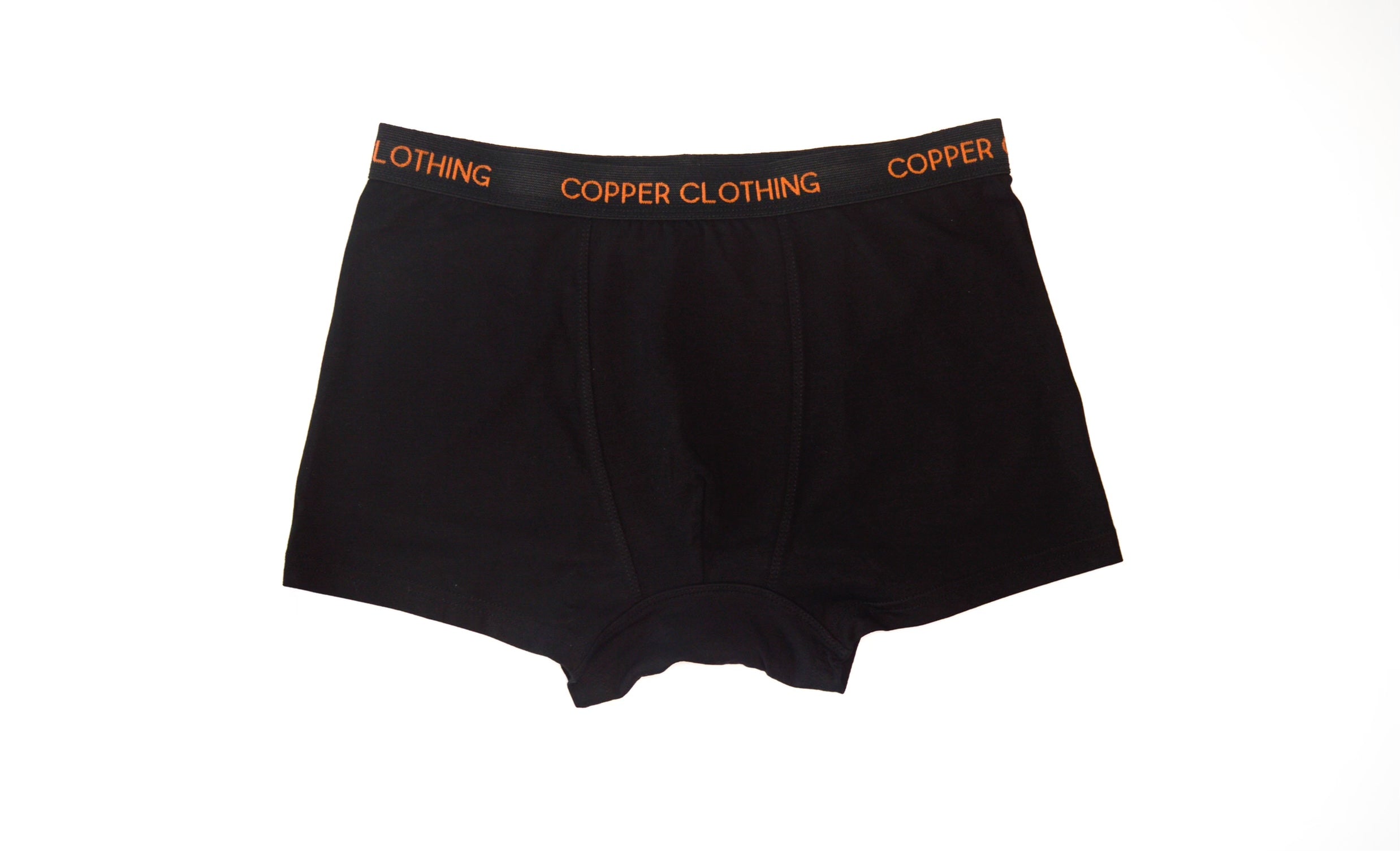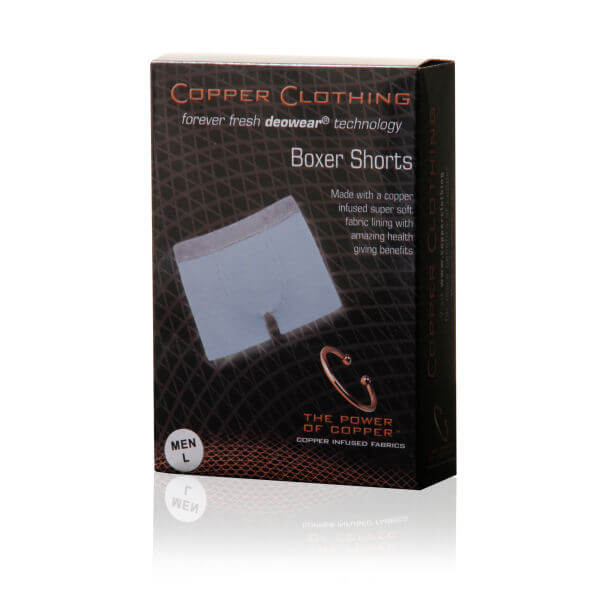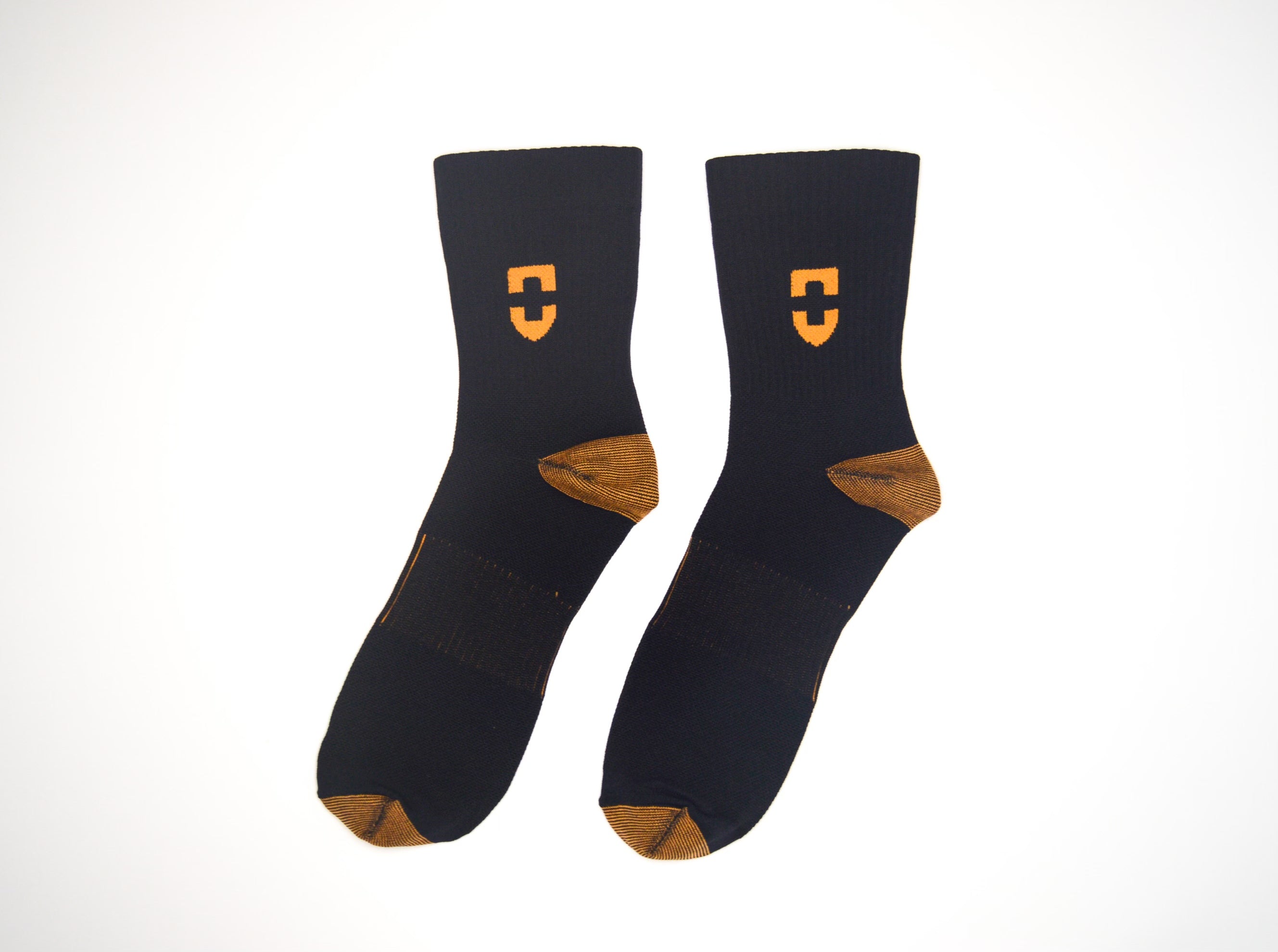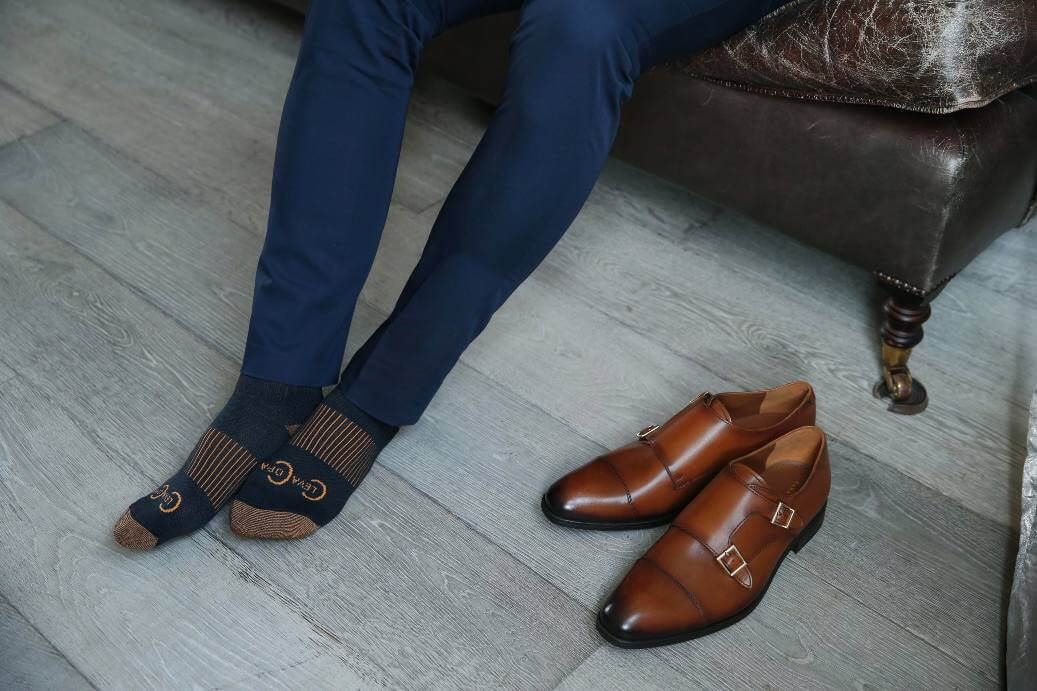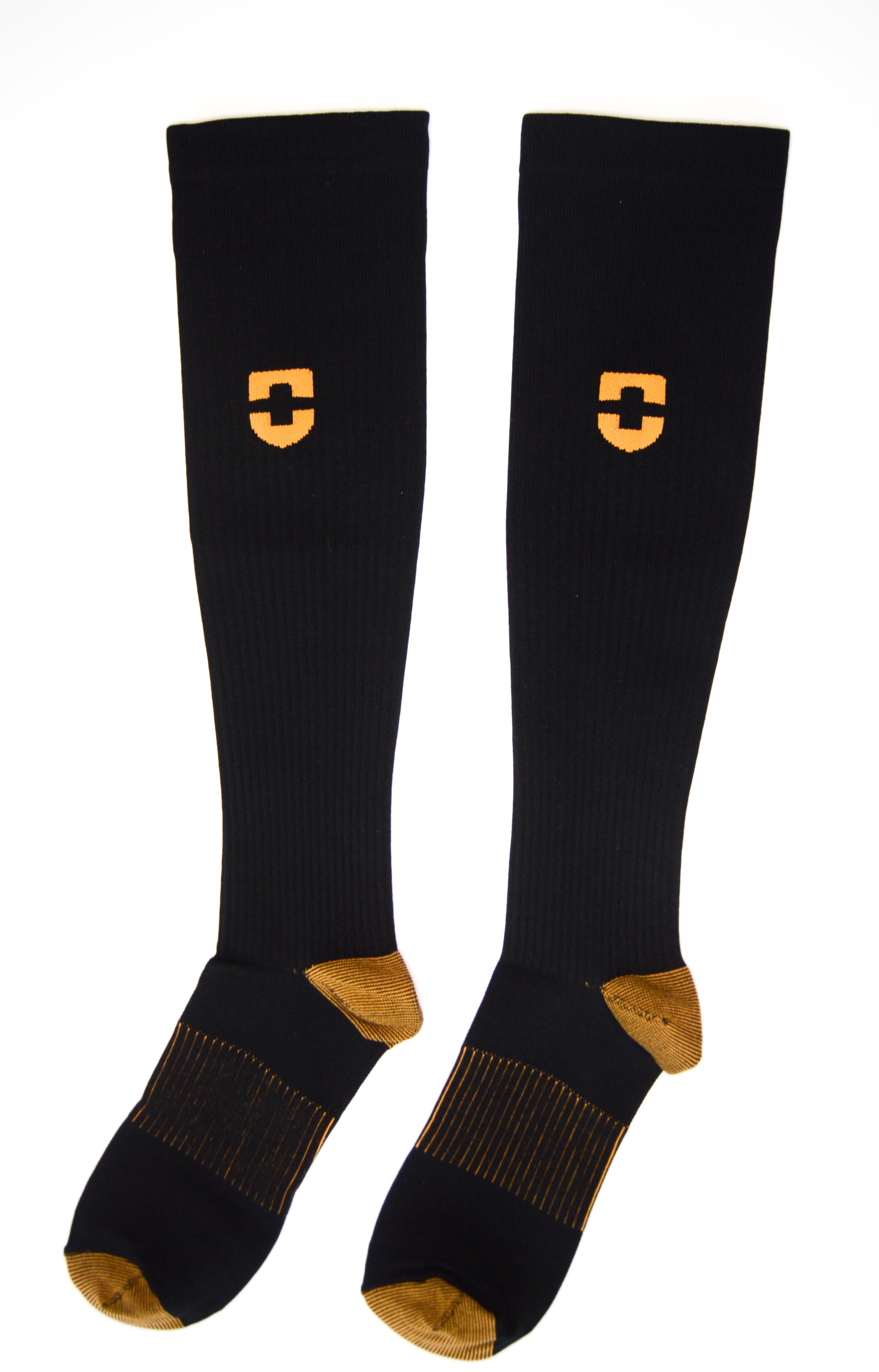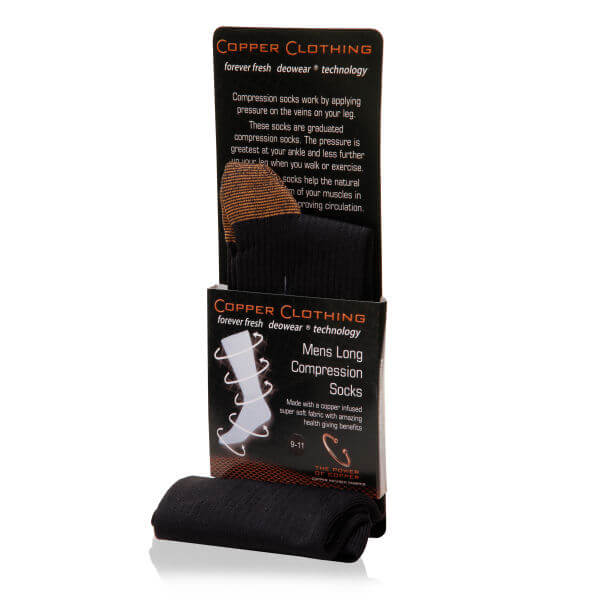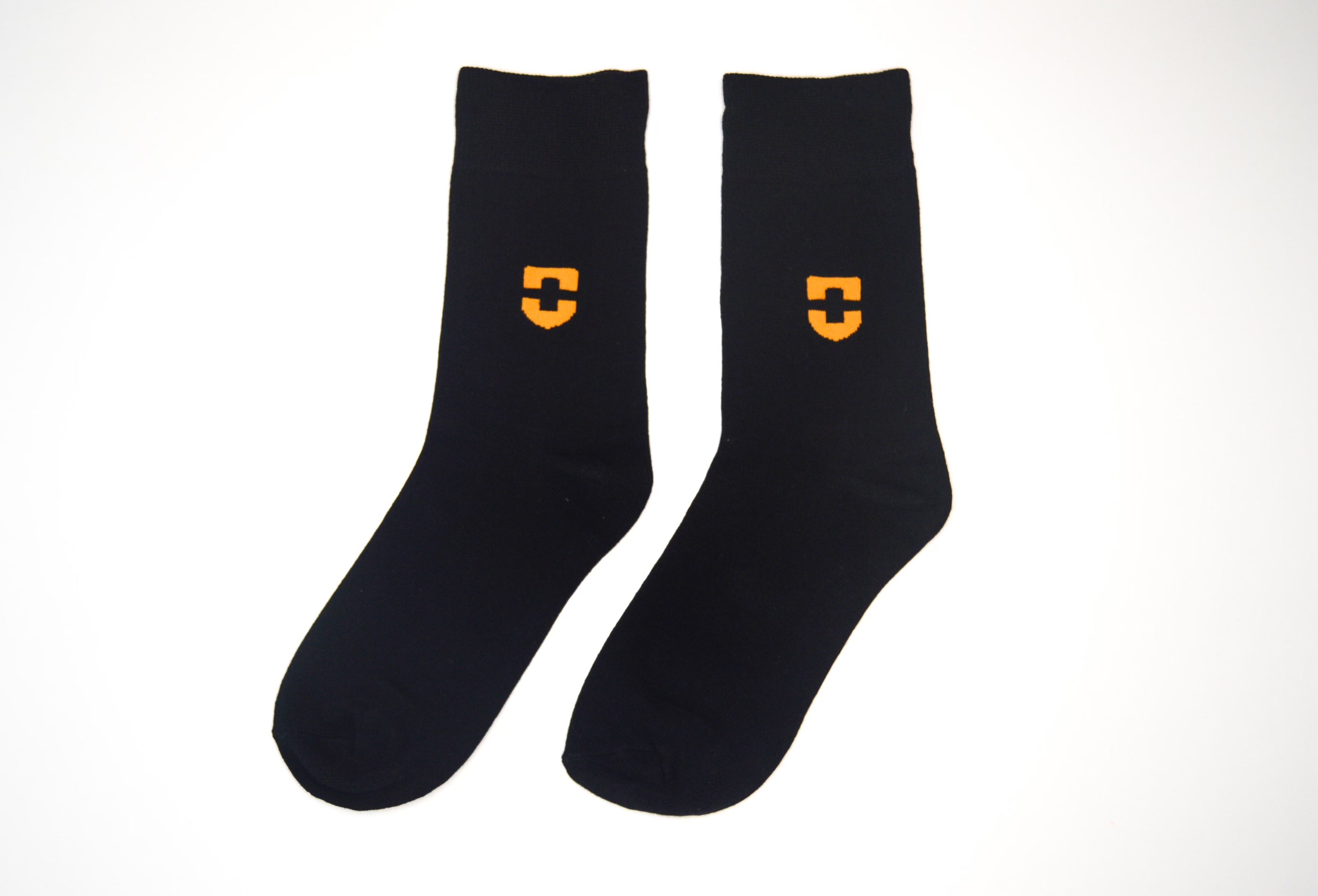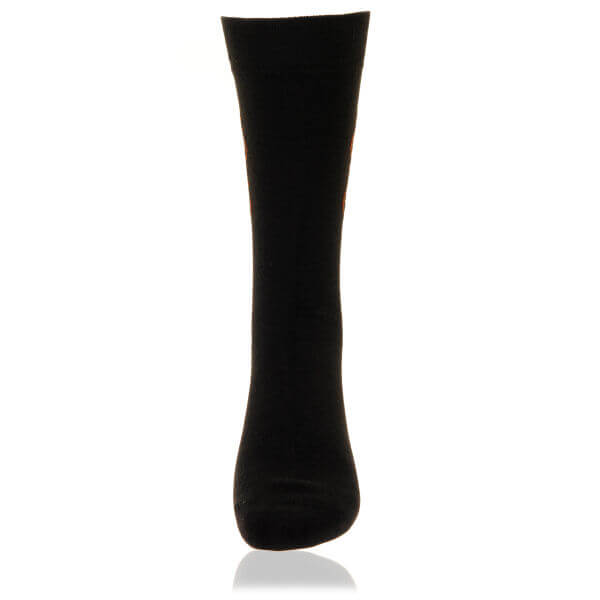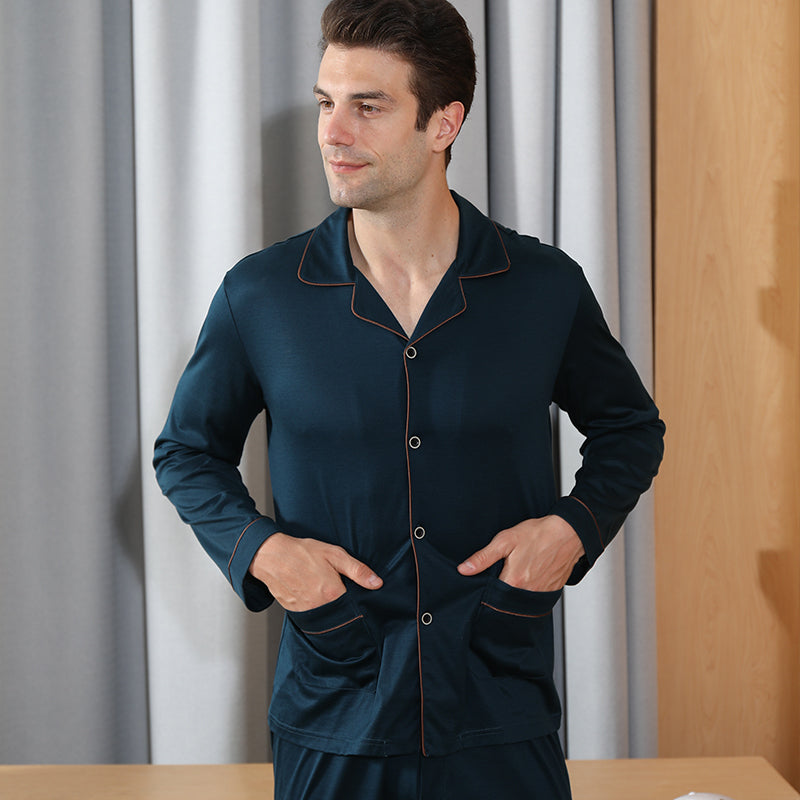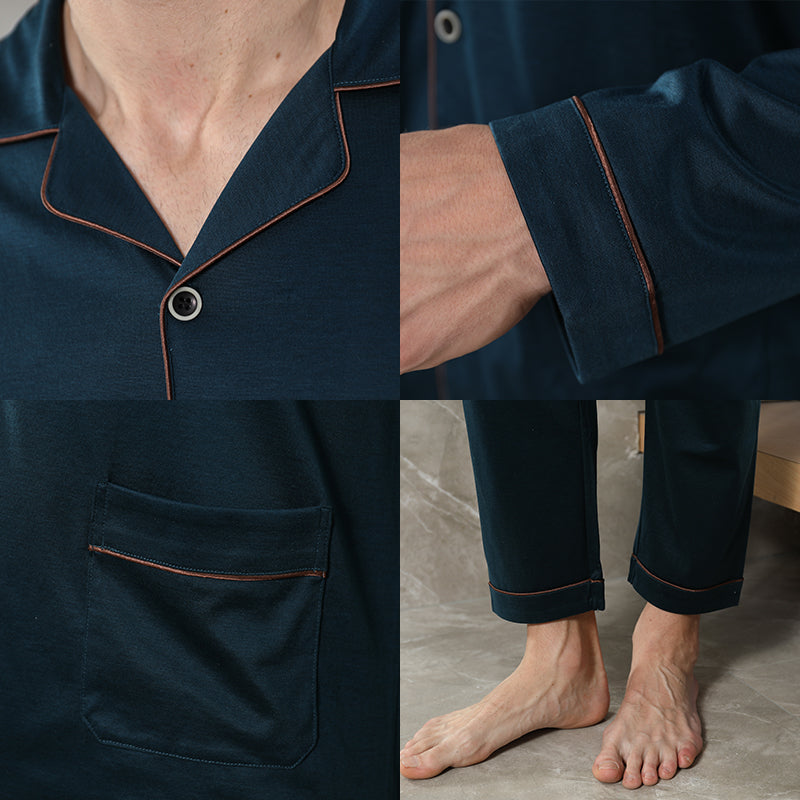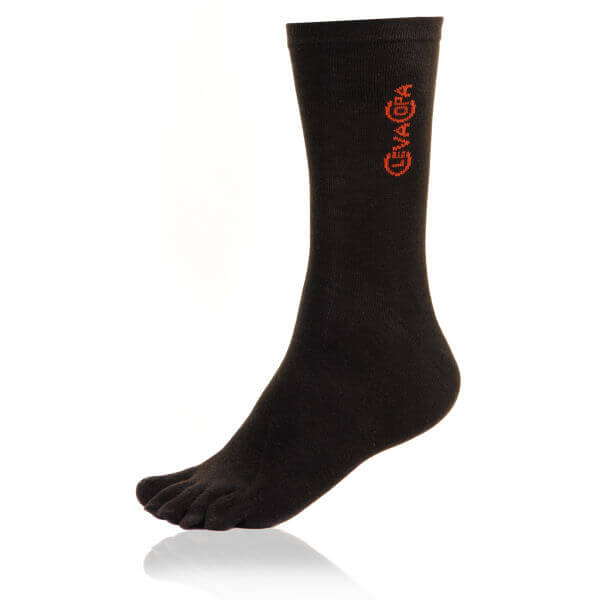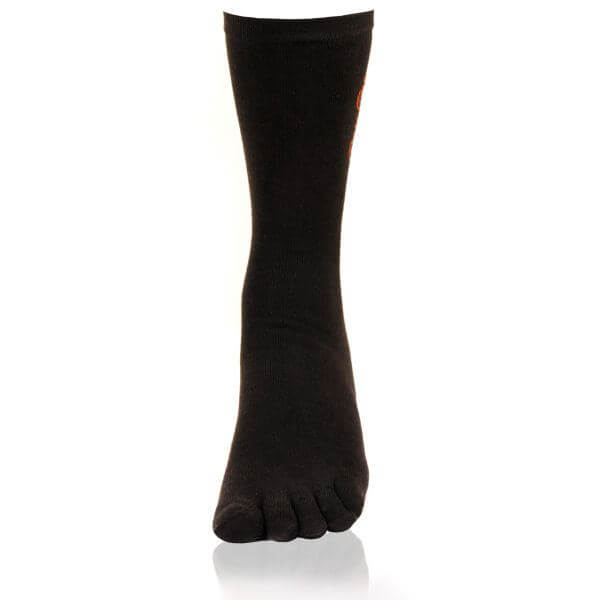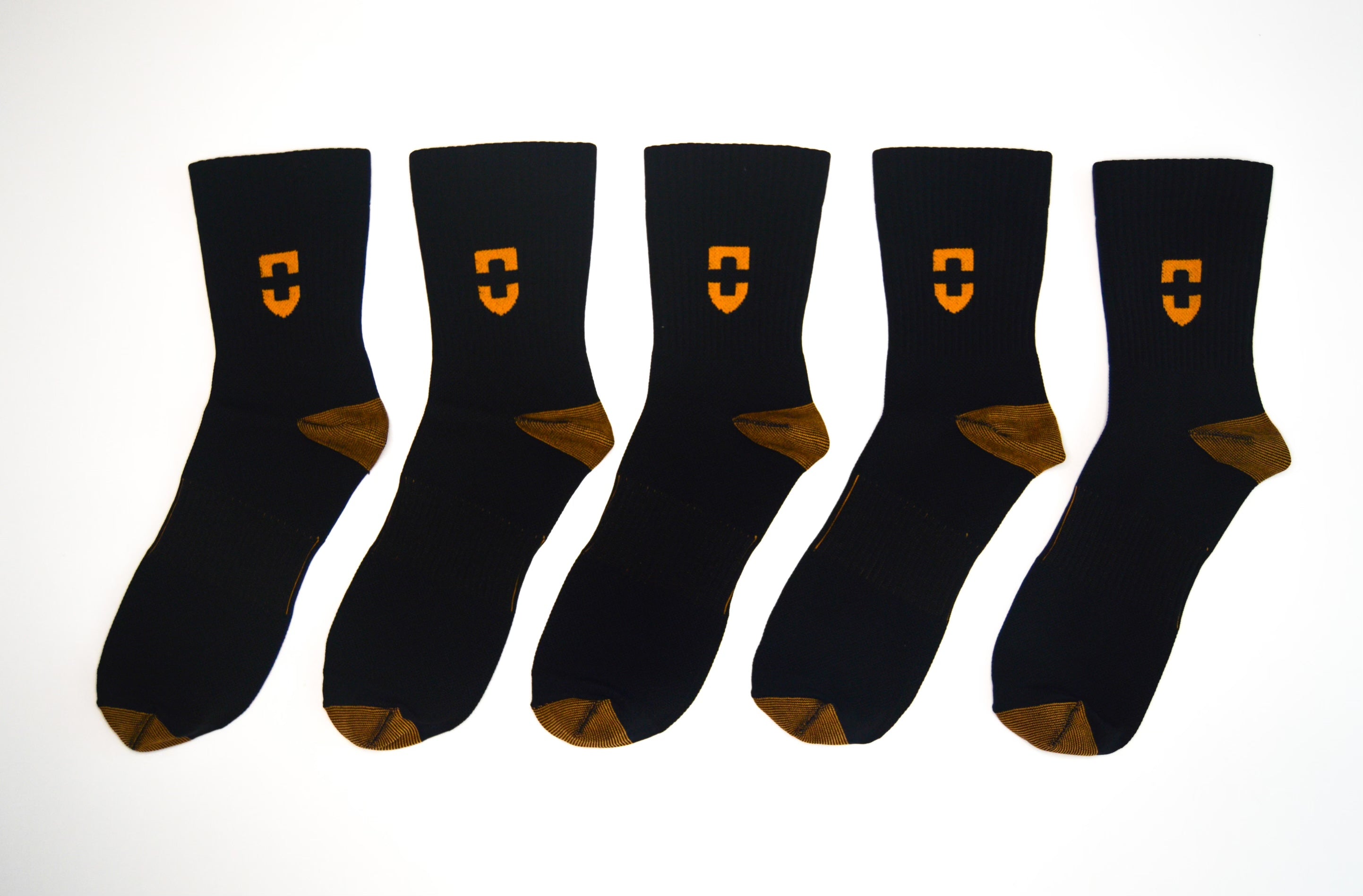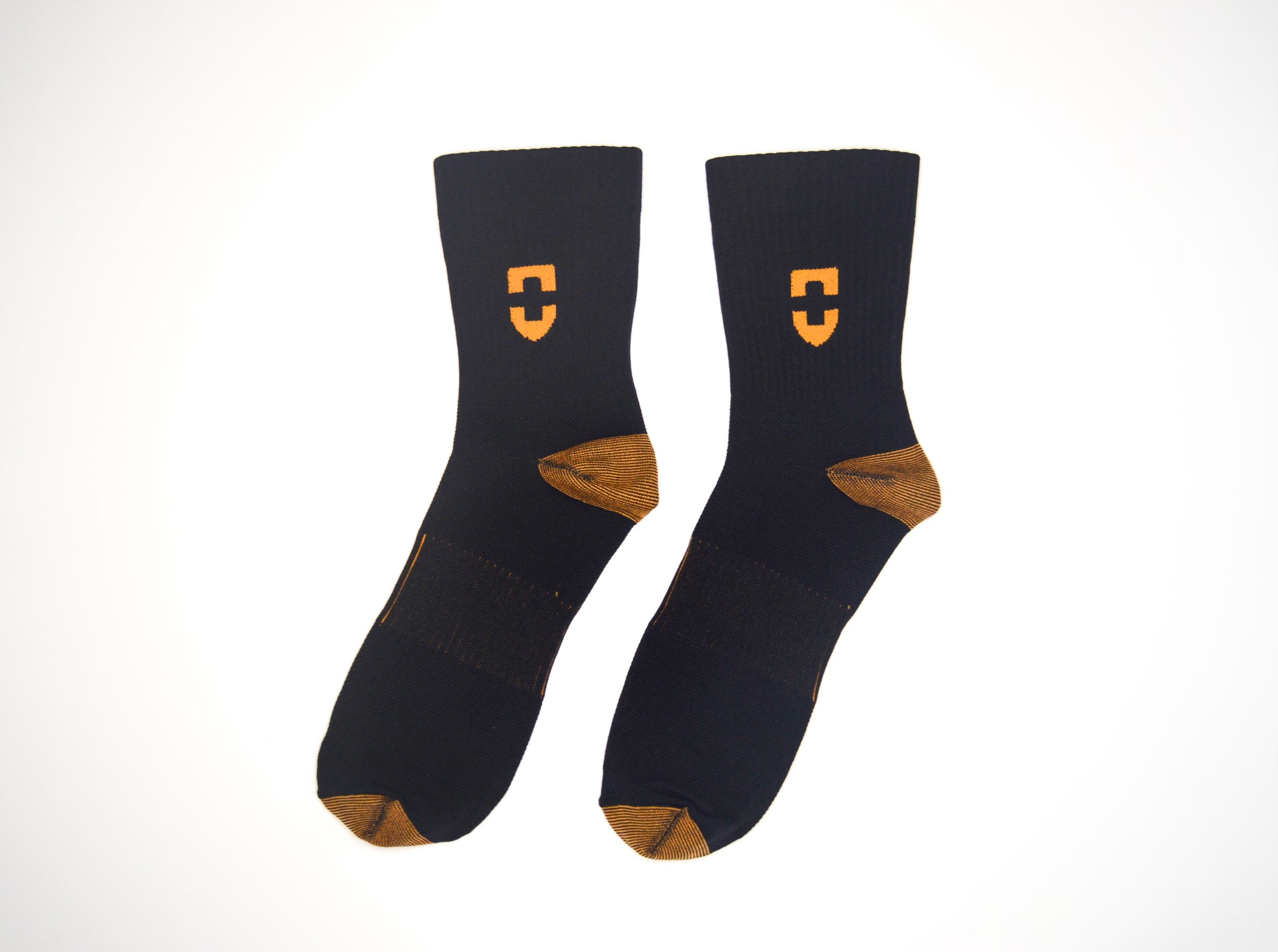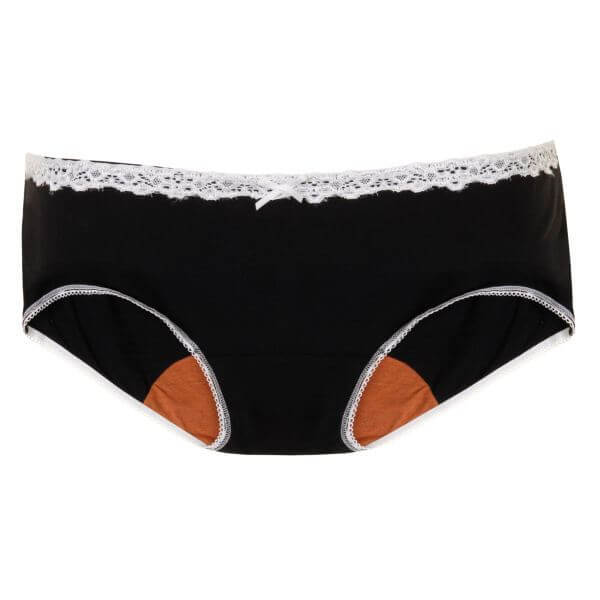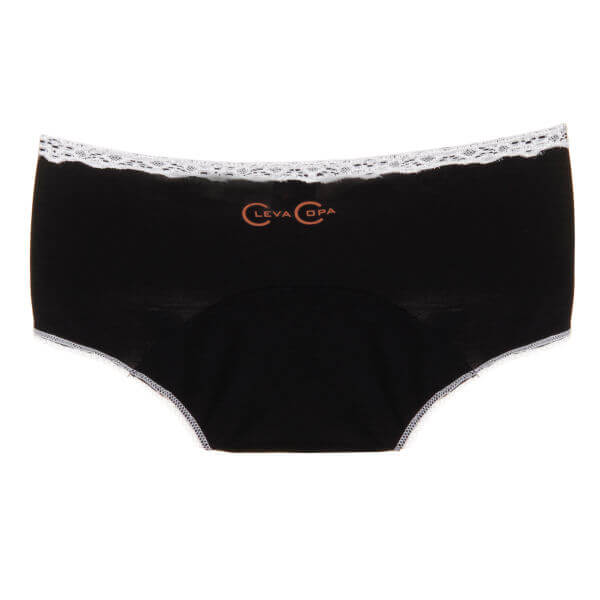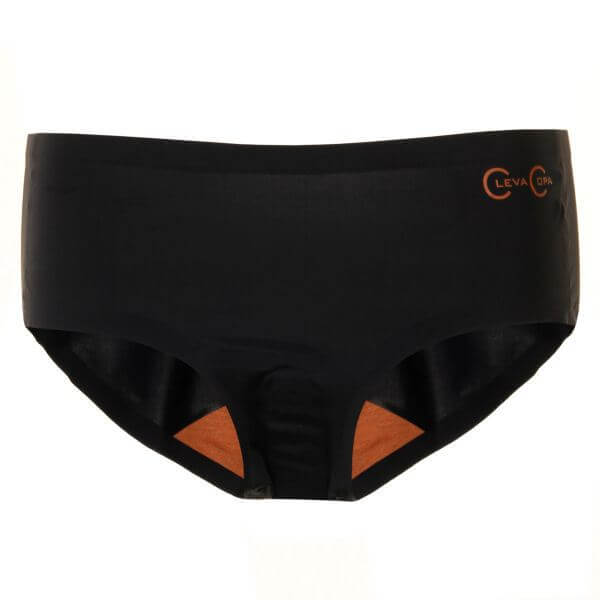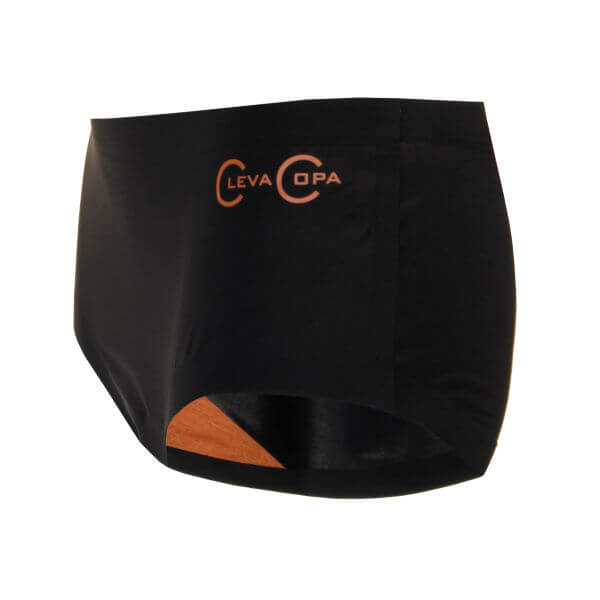Do Compression Socks Help With Shin Splints?
Published
August 11 2021
Overview
Do you often experience unexpected pain and irritation in your lower legs? It happens when your lower leg muscles get pulled up due to regular high-impact activities like running and dancing. This condition is known as shin splints because the pain gets generated from the shin bone. It’s a large-sized bone in your lower leg. Untreated shin splints are painful and can progress into stress fractures. Thus it is crucial to find a cure for it at the earliest.
One of the proven remedies for shin splints is wearing compression socks. They provide significant relief from its pain. You can treat shin splints in some other ways as well. We are here to provide comprehensive information about its causes, risk factors, and treatment options, including compression socks. Let’s get started!
What Are Shin Splints?
Shin splints cause pain along the tibia or shinbone. The medical reference is medial tibial stress syndrome, a form of inflammation that can cause sustained internal pressure and swelling. It’s mostly caused by altered or intense training routines when your bone tissue, muscles, and tendons strain from increased activity.
What are the Causes of Shin Splints?
Shin splints occur when the shinbone and the connected muscle tissues are overworked. This overuse pulls and burdens muscle tissues and bones and ultimately becomes the cause of pain and irritation. You can feel these sensations of sharp pain and discomfort in your lower leg when you walk or run.
Do Compression Socks For Shin Splints Work?
Yes. Compression socks push against shin pressure to relieve pain and tension while draining inflammatory fluids from the injured area. This pressure enhances foot blood circulation, directing nutrients to the tissue damage in your shins. Compression socks also serve a preventative role by reducing stress on the shins during strenuous activity.
People at High Risk of Getting Shin Splints
If you belong to any of the following set of people, you are at a higher risk of getting shin splints:
-
People with eating disorders, irregular menses, and Vitamin D deficiency.
-
Dancers – All kinds of dance forms.
-
Army officials – Because of extensive marching and other athletic activities.
-
Athletes and sportspersons
-
People wearing unsupportive sports shoes while exercising.
-
Runners – the risk increases with a sudden increase in the running regime and by running on uneven surfaces.
-
People with a structural abnormality of feet – For example, flat feet, rigid, or high arches. With these abnormalities, the force on the legs doesn’t get distributed evenly in muscles and bones.
-
Patients of osteoporosis or osteopenia – because of weaker bones.
Compression Socks for Shin Splints

Although shin splints often heal naturally, on their own. But this process takes time. To ease your pain in less time and prevent further trouble, you can wear compression socks. They boost blood circulation, support your veins, and reduce swelling. Many people turn to wear copper compression socks for shin splints to take the added advantage of copper’s anti-bacterial properties.
Here is a detailed look at how compression socks help shin splints.
-
Relieves Pain
Compression socks increase blood circulation of your legs to relieve you from pain. The improved blood flow also removes the lactic acid, which is often the cause of soreness and pain in the legs. The compression socks also remove inflammation by compressing the injured point.
-
Fights Fungus & Bacteria
If you choose copper compression socks for shins, you also benefit from copper’s healing properties. Copper socks are enriched with anti-inflammatory and anti-microbial effects. They take care of your skin and keeps your sweat in check. Thus copper compression socks make your feet odour-free.
-
Helps in Fast Recovery
Compression socks for shin splints are specially designed to be tight around ankles and loose around the calf. This design increases blood flow to the lower leg and back to the heart. Increased blood flow provides nutrients to the injured area and helps in fast recovery.
-
Reduces Fatigue & Improves Performance
Because the compression socks for shins provide pressure at the right spot, they reduce your fatigue. This, in turn, re-energises you to enhance your performance in daily activities. A medical study also suggested that wearing compression socks is beneficial for post-workout muscle fatigue and soreness.
-
Prevents Swelling
The increased blood flow due to compression socks squeezes your leg muscles to stop the accumulation of the fluids in the tissue. This controls the swelling and inflammation, which are common symptoms of shin splints.
When should you wear compression socks for shin splints?
If you’ve already experienced shin splints, the key to prevention lies in gradually increasing your activity levels. Make sure to warm up and stretch properly before engaging in any high-intensity exercise, and don’t skip cooling down and stretching afterward.
Alongside these precautions, wearing compression calf sleeves or socks during runs can help support your legs even when they’re healthy.
The best compression socks for preventing shin splints should offer a snug, comfortable fit, provide light pressure without restricting movement, and be made from breathable materials suitable for workouts or runs.
For those recovering from shin splints, it’s advisable to wear compression socks during the day and remove them at night. Recovery socks should offer slightly firmer compression around the lower leg to gently massage the calf muscles, ease tension, and reduce discomfort.
Seek Medical Help
Only wearing compression socks doesn’t entirely resolve the issue of shin splints. You need to try other remedies as well. Hence, it is important to speak to your doctor and see if the following treatment helps:-
-
D3 Supplements:
You can take Vitamin D3 supplement but after consulting with your doctor only.
-
Physical Therapy:
Take the help of your doctor or physiotherapist, especially while playing any sports or running.
-
Pain Killers:
You can try over-the-counter nonsteroidal anti-inflammatory drugs (NSAIDs). But use them in extreme conditions only and not without consulting your doctor.
-
Rest:
Take a break from activities like dancing, marching, running, or any other sports which involve strenuous leg movement. It will provide time for your tissues to heal.
-
Go Slow:
When you increase your activity level again after the break, remember to increase it Otherwise, the condition of shin splints can return.
-
Supportive Footwear & Inserts:
Special silicon shoe inserts and supportive footwear are made for people with flat feet. They support your feet’s arches to reduce strain from the bones and muscles in your lower legs.
-
Cold Compress:
Rub ice on your lower leg and at your shins at least 3 to 4 times a day. It reduces the inflammation and pain caused by shin splints.





